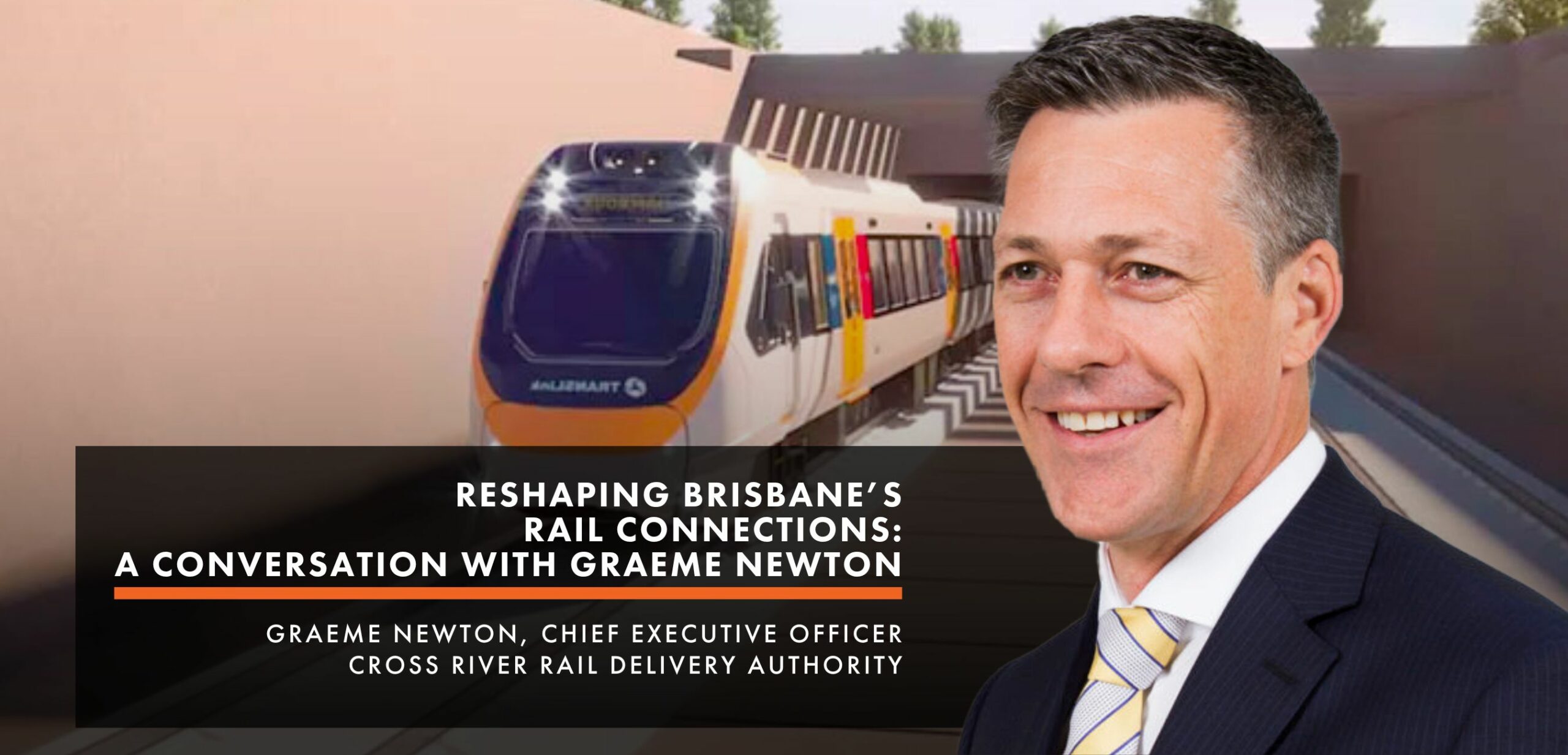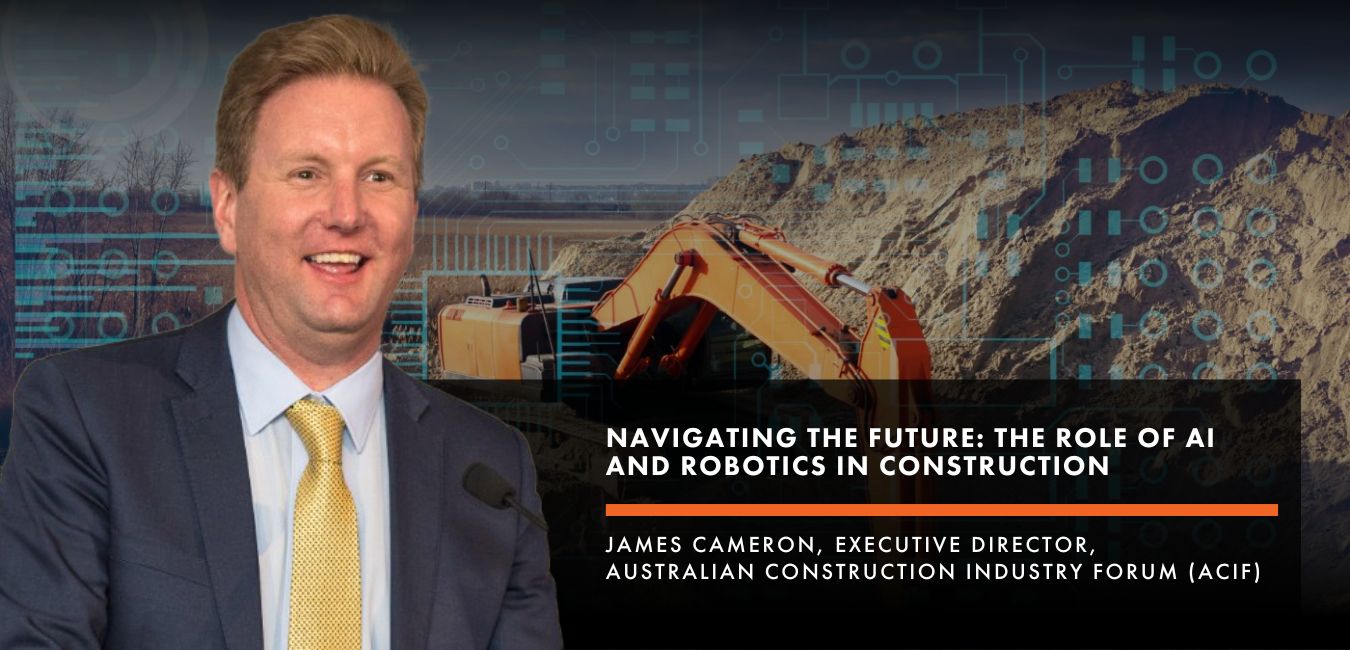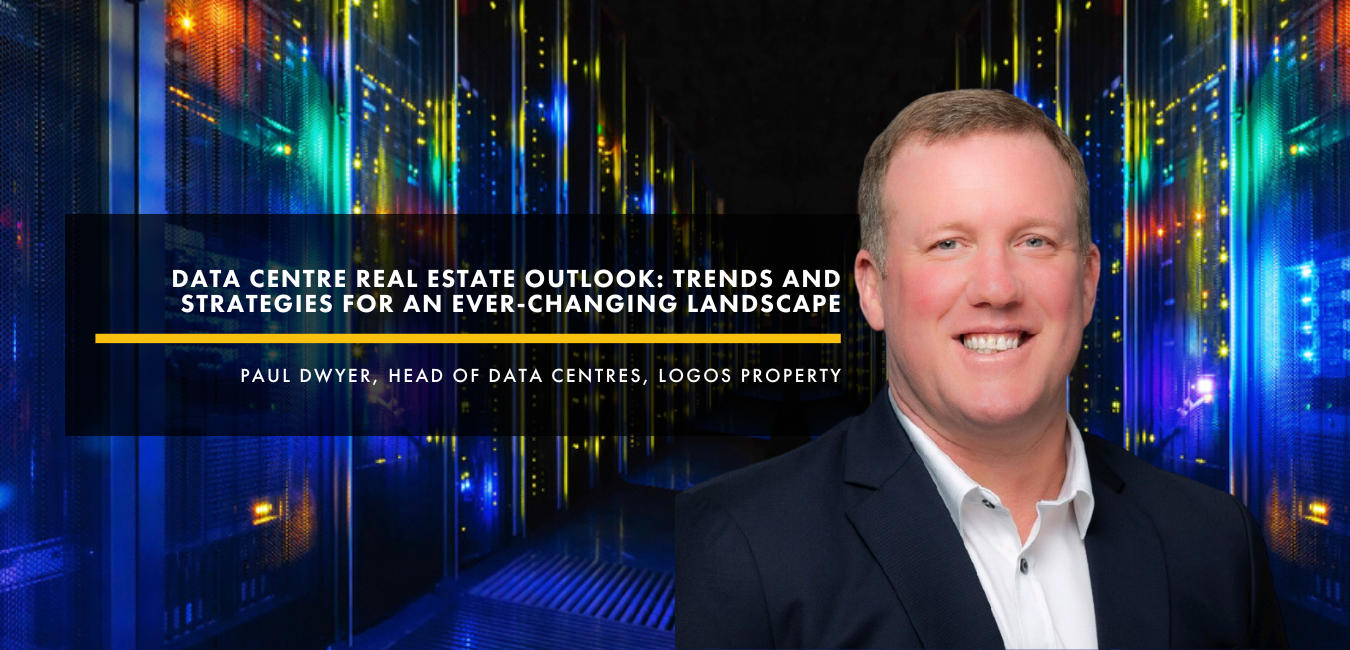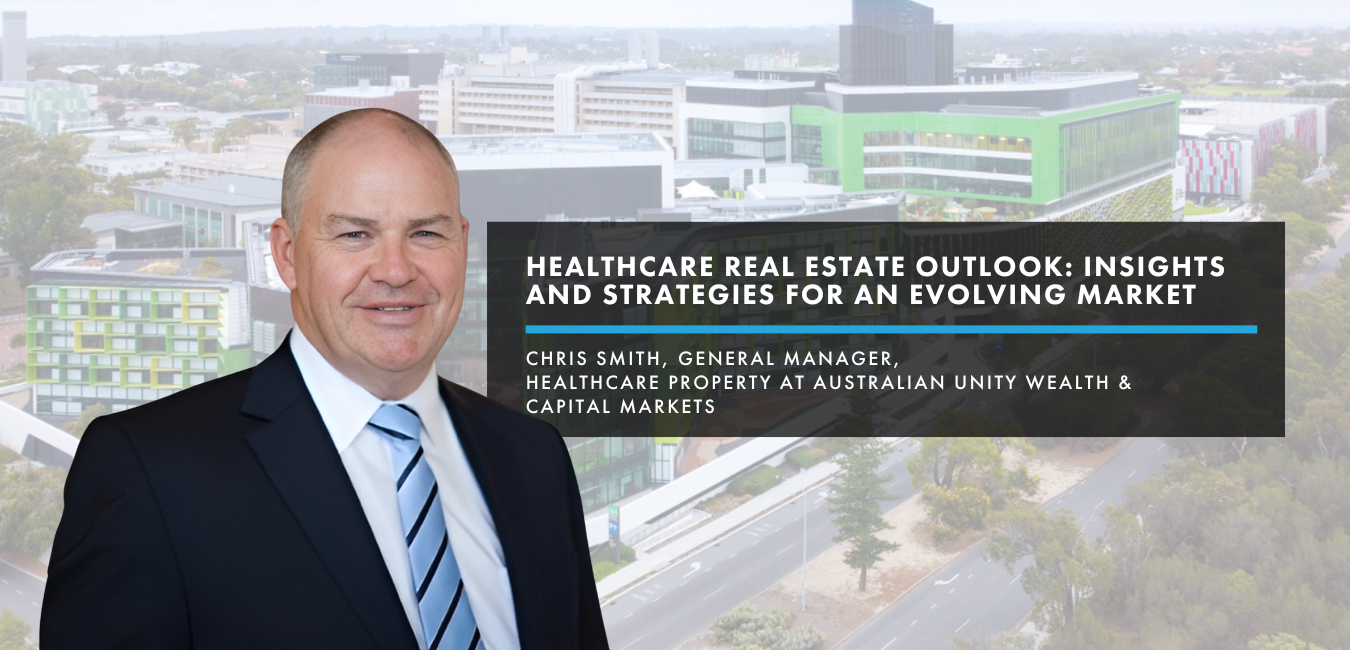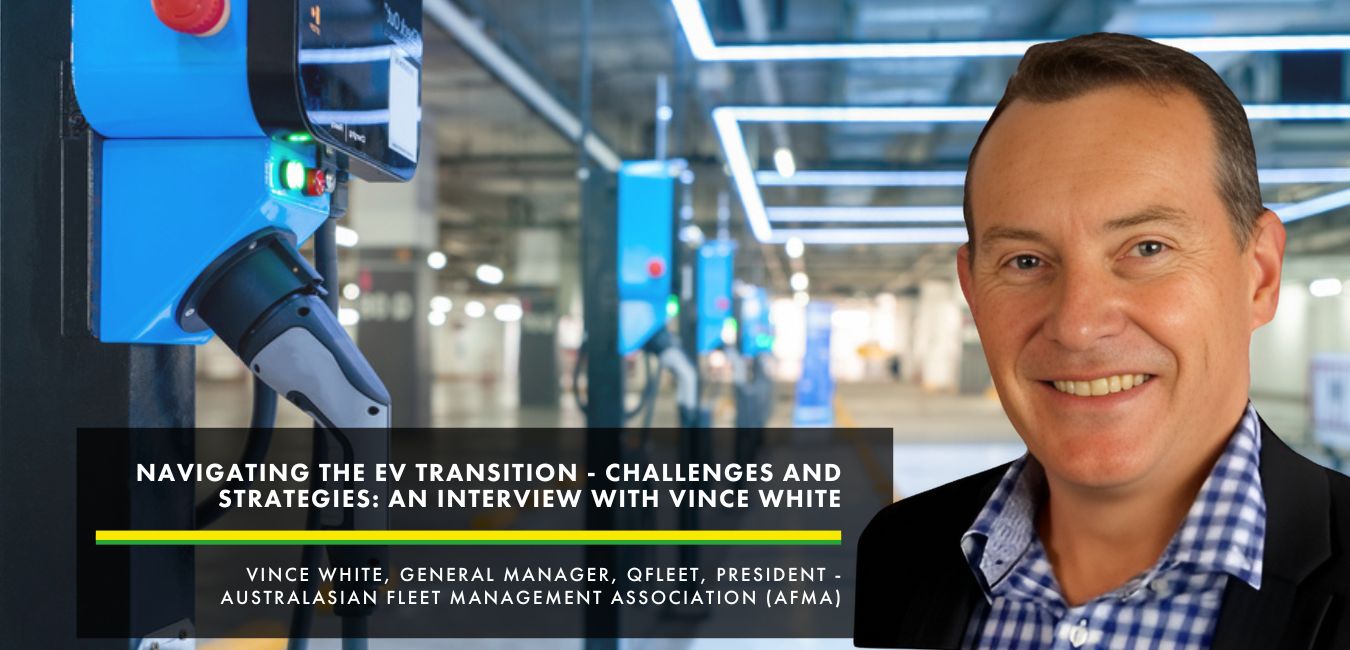Last year we launched the FuturePlace newsletter and each issue featured a new interview with an expert. Our conversations led us from trends and investment in PropTech, to digital innovations in energy efficiency, evolutions in equality, and more. We are very appreciative for the insights these experts shared with us over the past few months.
Here are some highlights:
FP: If the popularity of working from home continues, what are going to be the biggest impacts on commercial property and getting tenants back into buildings?
Roelof Opperman, Fifth Wall: I think the whole work from home scenario is still up for debate. It’s hard to predict what the final kind of equilibrium will be. Based on what we’re seeing, workers are going to want some kind of mixed experience. Whether it’s three days a week at work and then some at home or some other combination.
“There will be somewhat of a diminished demand for office space.”
There’s an inevitability that there will be somewhat of a diminished demand for office space. However, you could make the argument that even though there might be fewer people in the office, if they have to socially distance, then you might need the same square footage. It’s going to be a continuous experiment for companies, it’s not going to be a one-size-fits-all for every company.
FP: What impact is COVID having on the appetite for PropTech from investors and tenants?
Aaron McGhee, Knight Frank: Change is certain, but as I look at it, it’s going to affect every industry differently. I believe if your business is sales-oriented and client-facing, being in the city and close to your client will still be necessary. But if you’re doing, say, a data entry job and you’ve got to commute, then it’s just not safe to get on public transport. Those employers shouldn’t be asking people to do that job if they could just as successfully do it at home. In our own workplace re-occupancy, we adopted a “people before place” mindset as we believe that by putting a human lens on everything we do, we’ll get the best for and out of people. So, the washout I think you’ll see will be a change in the way that space is used and the density in which it’s used for. At least for the short term.
FP: Are there any specific technologies that have caught your eye, innovations that you believe could revolutionise commercial real estate?
Tony Massaro, PwC: That’s a big claim – “change the space”! Definitely, there are some promising ones out there. There is a company called Willow, which does digital twinning, which is quite interesting. There is also a company called Skand that works with sensor combinations and software to support predictive maintenance requirements for buildings.
There are also two companies which have caught my eye that can help all companies, including commercial real estate companies. One is a company called EarlyTrade where they build a digital exchange for suppliers to get paid early for receivables and the second is called Sonder, which helps companies roll out a platform to deliver both physical and mental support to employees.
I’d say that all of these are pretty interesting technologies, however, they’re obviously more useful to some organisations than others.
FP: Why do you think the commercial property sector has been so far behind other sectors like finance in adopting technology?
Aaron Block, MetaProp: For one, commercial real estate is a hyper-localised, very regulated business and, historically, it’s been very fragmented. Financial services have had consolidation. There are huge banks globally and there just isn’t the equivalent on the real estate side for a variety of reasons.
The second reason is that real estate’s been doing quite well. Just now we’ve ended a long bull cycle, people were kind of printing money doing business the old way. There’s going to be a lot of established leadership generationally changing over the next few years, but a lot of leaders have been doing the same thing for a while and quite successfully. There’s not a lot of incentive to change when you’re already doing well.
“There’s not a lot of incentive to change when you’re already doing well.”
The third is it’s only been recently that we’ve had increasing money coming into the space, which has been because of increased interest from entrepreneurs. We’re only now starting to see a real critical mass of new ideas, software and hardware technology, and digitally native real estate businesses being created. The entrepreneurs get it, they certainly have in New York for many years and all around the world, including the all-important Silicon Valley. There’s certainly a volume of new tech coming out and this is natural. Hopefully, we’ll catch up to financial services in the next three to five years and narrow that gap.
FP: What is the relationship between tech-enabled or smart buildings and sustainability?
Simon Carter, Sustainable Digitalisation Project (SDP): To put it simply, sustainable digitalisation is the nexus between the two. The double-edged sword of digital technology offers us opportunities to achieve some great ESG benefits from reducing emissions in a building to supporting the well-being of occupants. These are well known and understood and I imagine will be covered at FuturePlace’s Smart & Healthy Building Summit in March. The other edge of the sword are the risks and the sustainability movement needs to consider those at the same time. What we’ve seen in the Australian market in the last 10 years is an evolution from it only being about environmental performance in buildings to operating more broadly with environmental performance in precincts and cities. Also, it’s become much more focused on the social aspects both in buildings and around them. And governance; if you don’t get the governance right, then you don’t get the social and environmental outcomes we want.
“If you don’t get the governance right, then you don’t get the social and environmental outcomes we want.”
In that regard, sustainable digitalisation is a natural evolution of the sustainability space and that’s the recognition we’ve had with Australian sustainability leaders. At the end of the day, the sustainability space ultimately identifies emerging ESG issues that may be material to stakeholders, that may affect our lives and the decisions we make as individuals in a building, or investors, or customers that visit a shopping centre – and then helps work out how to address them. What we have now is a whole lot more ESG factors, driven by digitalisation. Some are new and some are amplifications of existing ones.
FP: What can you say about the “trend” of healthy buildings?
Russell Bullen, Quintessential Equity: I would say that’s the third movement I’m seeing. We’ve been focusing on the healthy, sustainability side of buildings since we started but now we’re seeing a real shift in how occupants are seeking this out. It’s not just C-suite decision-makers but it’s the average person walking into an office building, they’re now concerned about air quality, about their environments, and other occupants in the buildings. There are two key things here. One is the reality, is it actually healthy and do the systems allow the building to be healthy? Then there’s the perception. As an owner and provider of that service to our customers, you have to cover both. It’s not just about having a healthy building, you have to make people feel healthy in it. And similarly, you can’t just make people feel like it’s healthy, you have to actually make it healthy. We’re really excited about this, as it’s something we’ve inherently always done but it just hasn’t had the priority in discussions or negotiations as it does today. It’s about time.
FP: You’ve forged a path but hopefully you’ve noticed some improvements in recent years. What have you seen in the construction industry that bodes well for diversity and inclusion?
Rebecca De Cicco, Women in BIM: As an Architect for many years, there was always good representation and diversity across most of our projects. Where I have seen a lack of this is in more senior positions both within companies I have worked for as well as projects I have worked on. I feel like that could change if the industry strategically pushed diversity during procurement. For example, procuring organizations who potentially prequalify with some form of qualification or proof of their diversity policies across their businesses. That would be a sure fire way that we could promote diversity across our sector. Diversity in general promotes greater collaboration and openness as well as supporting more open and specific knowledge, skills and people across projects. This kind of diversity is also proving to be a consistent growth factor for businesses globally. They’re seeing that the appointment of senior executives across a board in a diverse way can contribute to the success and overall profitability of that company.


